This selection of photographs by Peter MacCallum documenting Weston Road is published in conjunction with Spacing’s new issue themed around main streets.
In July, 2020, after searching in vain for new subjects to photograph in my Queen and Spadina neighbourhood, I decided to travel by TTC to a less popular part of Toronto, Weston Road north of St. Clair Avenue, where picturesque rows of houses in a wide range of shapes line the heavily travelled roadway.
Curiosity drove me to look farther north, and the outline of a new project quickly asserted itself. I decided I would photograph the 7 kilometres of urban fabric along Weston Road between St. Clair Avenue and St. Phillips Road at the northern edge of the former town of Weston.
Cutting diagonally across Toronto’s street grid, lower Weston Road is a major traffic artery but also the spinal column that connects a series of distinct neighbourhoods. As my photos show, the communities of Weston and Mount Dennis, which were originally outside the city, still have an architectural presence on their main street and have retained some of their small town character.
Other parts of Weston Road reflect the haphazard expansion of the City of Toronto into its near suburbs during the 20th century. The notorious 40 acre wrecking yard of Levy Auto Parts formerly fronted an entire block north of Jane Street. The site of its workshops is now a brownfield, dug out in the middle to a depth of 30 feet. Directly opposite sits the gleaming, steam-emitting industrial complex of Irving Tissue.
Used car lots, independent garages, body shops, and other auto related businesses still represent a substantial share of the economic activity along Weston Road, and high speed traffic streams through the area without a break. The completion of the Crosstown LRT at Eglinton Avenue could bring about a rapid transformation of the streetscape.
Along the street, I recorded many signs of adaptation. In Mount Dennis, storefronts left vacant after the closing of the Kodak plant had been converted to apartments. Various commercial and industrial buildings had become churches, some hosting multiple evangelical congregations, and dignified old houses had become used car dealerships.
I was fortunate to be able to represent our current social history by showing pedestrians wearing protective masks. Despite the dangers of COVID-19, residents I encountered proved very friendly and enthusiastic about having me record their neighbourhoods. In the process, the No.89 Weston Road bus has become my favourite TTC route.
For a pop-up gallery view, scroll to the end of the post.

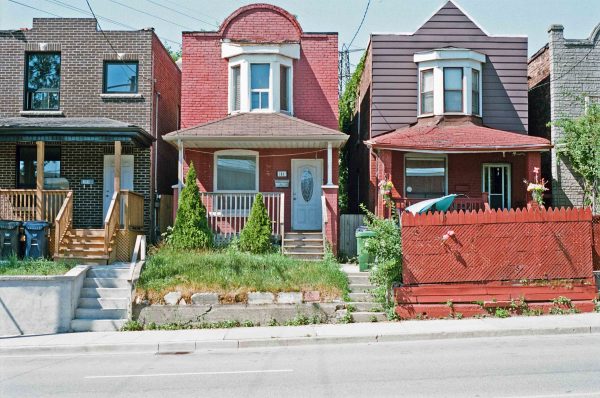
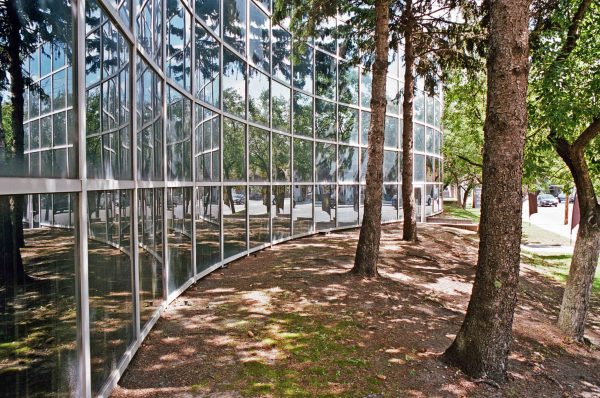
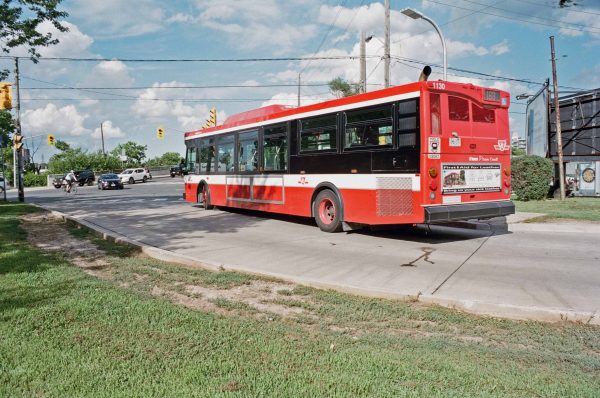
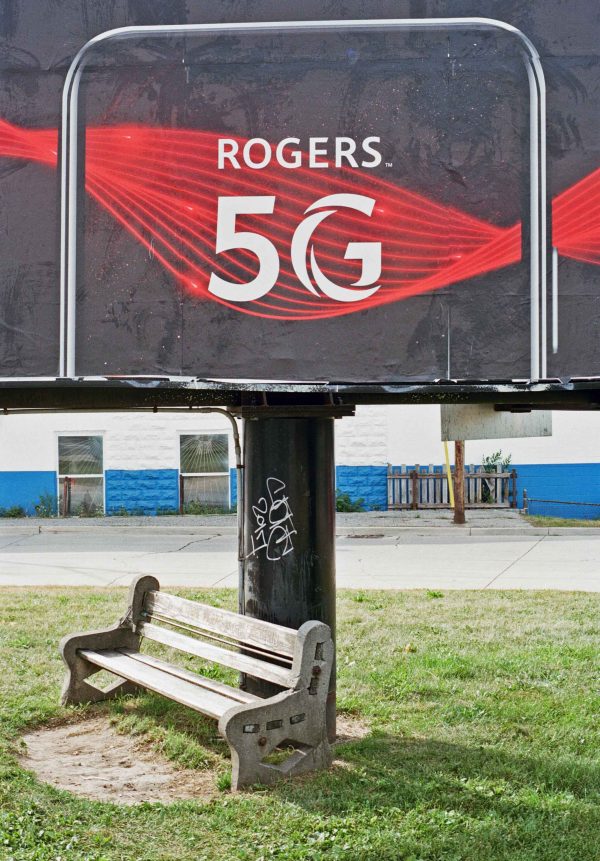
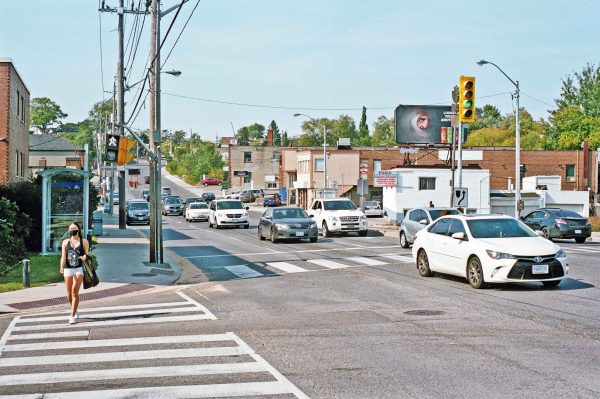
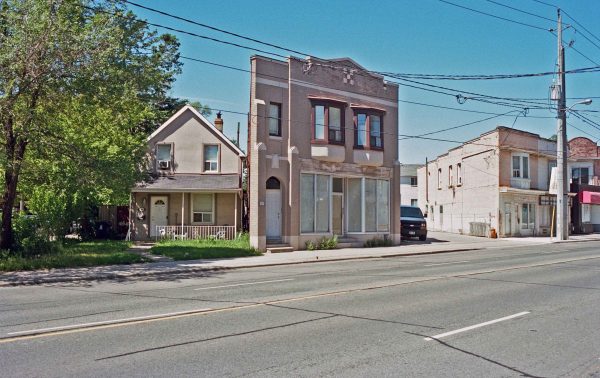
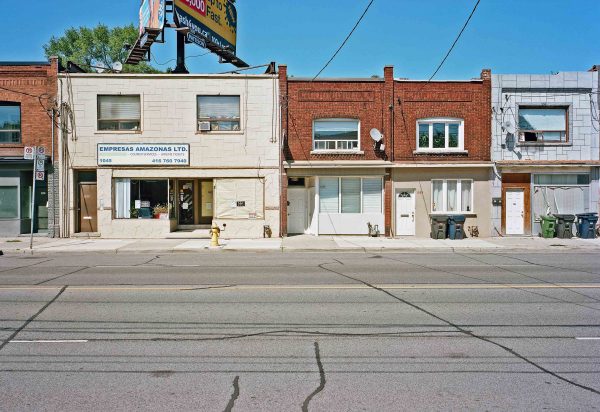
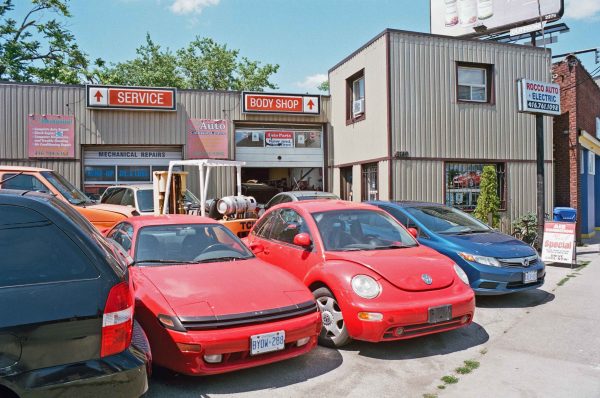
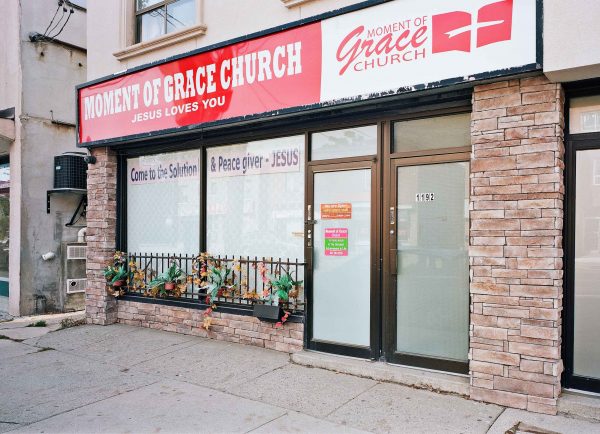
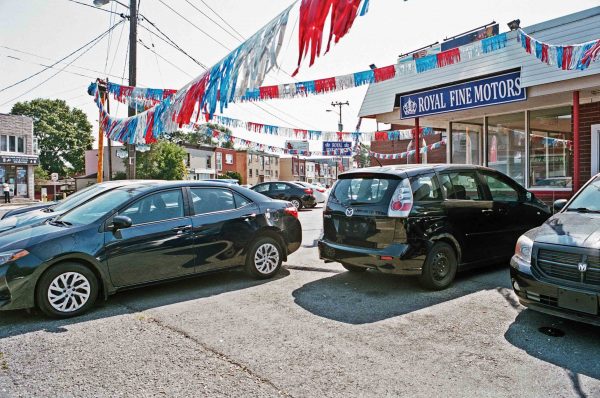
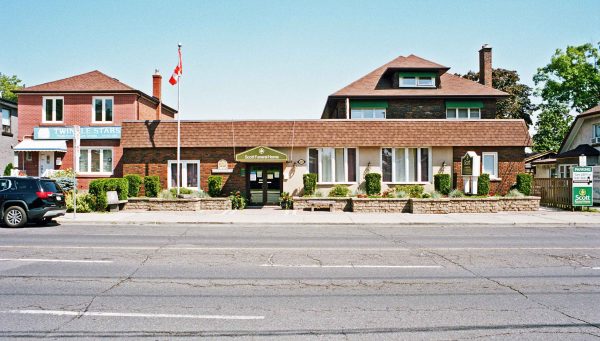
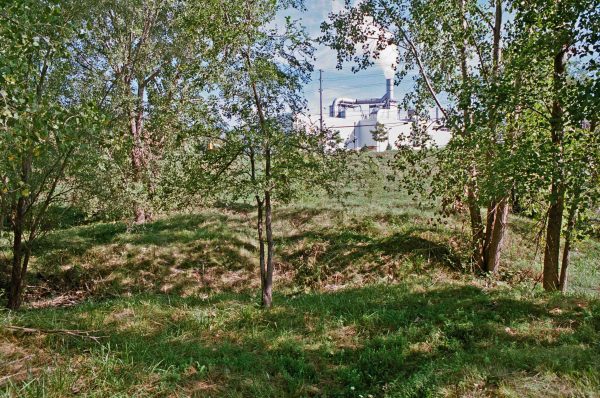
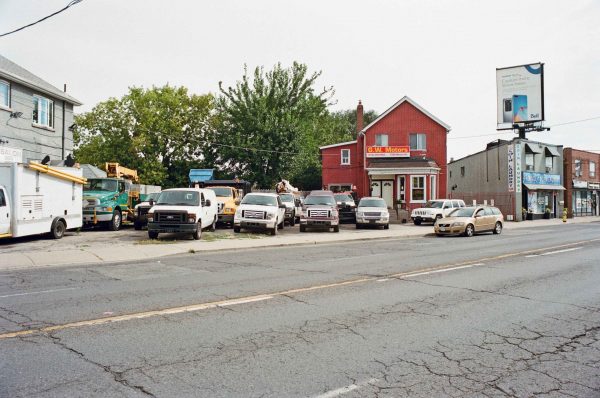
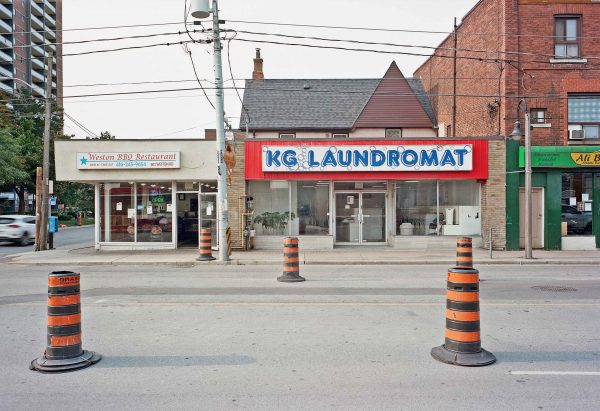
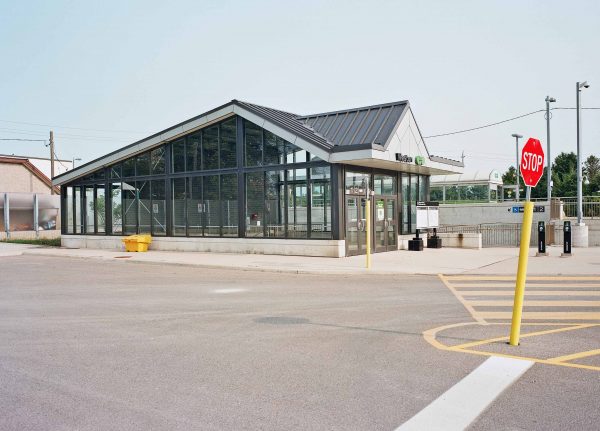
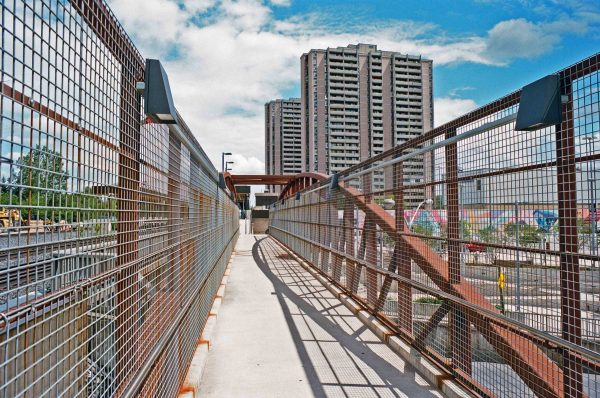
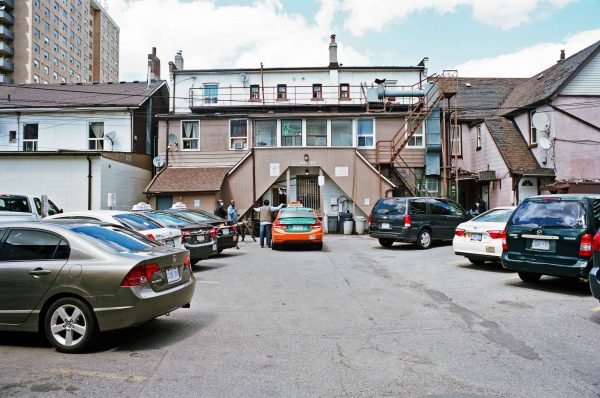
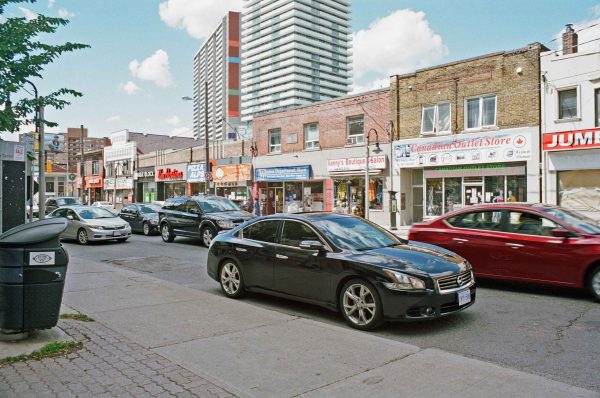
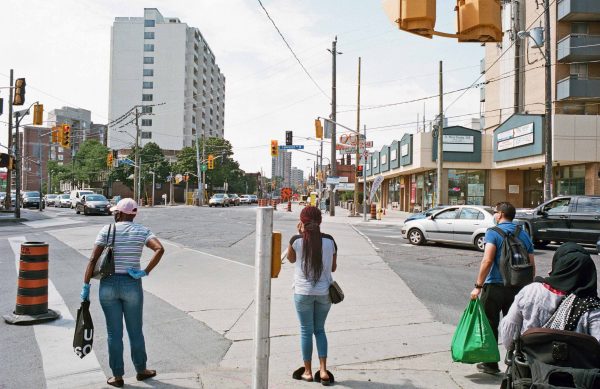
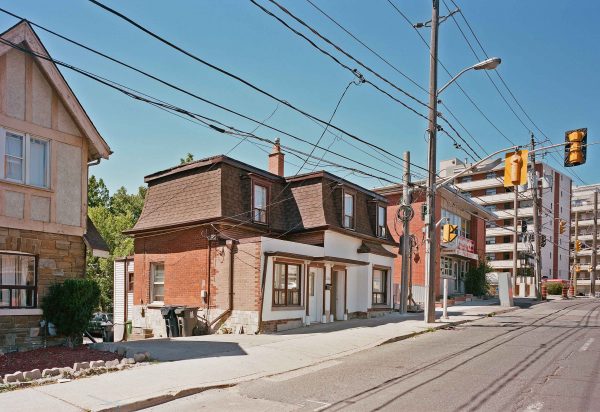
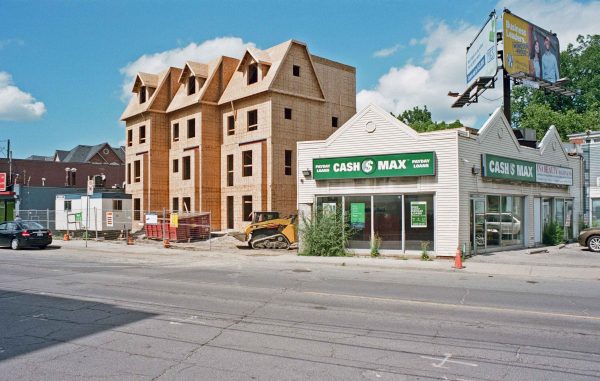
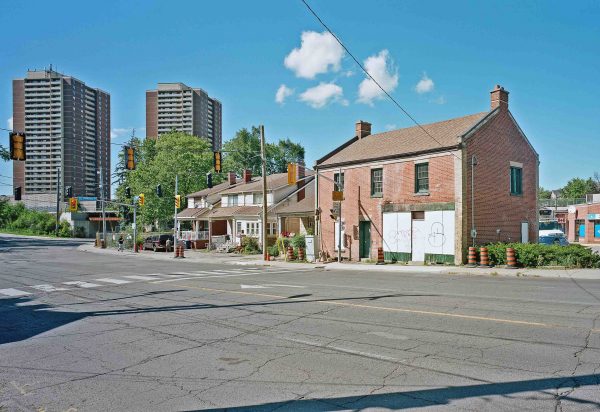
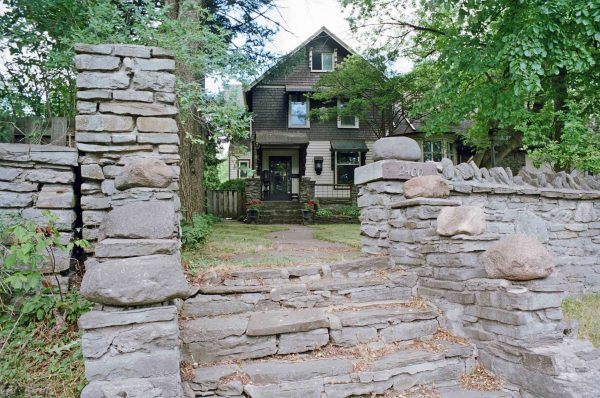
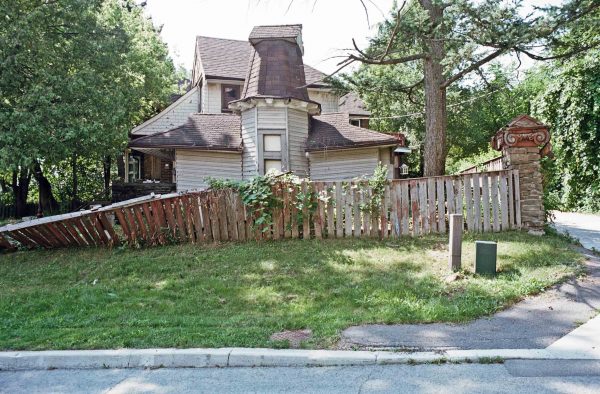
All photos © P. MacCallum, 2020 (petermaccallum.com)
For pop-up gallery view, click on a photo below.
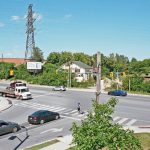 Intersection of Gunns Road and Weston Road, Looking North East, 2020
Intersection of Gunns Road and Weston Road, Looking North East, 2020
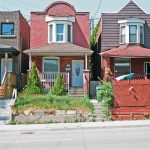 Historic Row Housing, 184-188 Weston Road, 2020
Historic Row Housing, 184-188 Weston Road, 2020
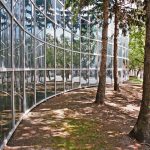 Detail of Glass Facade, All Canadian Storage, 207 Weston Road, 2020
Detail of Glass Facade, All Canadian Storage, 207 Weston Road, 2020
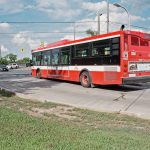 TTC Oak Loop, Weston Road at Rogers Road, 2020
TTC Oak Loop, Weston Road at Rogers Road, 2020
 Bench and Billboard, TTC Oak Loop, 2020
Bench and Billboard, TTC Oak Loop, 2020
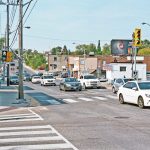 Weston Road, Looking North at Black Creek Drive, 2020
Weston Road, Looking North at Black Creek Drive, 2020
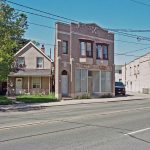 Oblique Storefront, 1010 Weston Road South of Dennis Avenue, 2020
Oblique Storefront, 1010 Weston Road South of Dennis Avenue, 2020
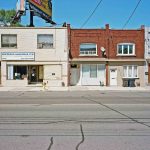 Storefronts, 1037-1045 Weston Road, 2020
Storefronts, 1037-1045 Weston Road, 2020
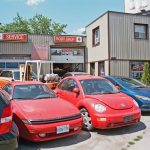 Rocco Auto Electric, 1140 Weston Road, 2020
Rocco Auto Electric, 1140 Weston Road, 2020
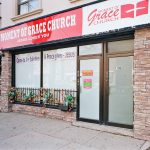 Moment of Grace Storefront Church, 1192 Weston Road, 2020
Moment of Grace Storefront Church, 1192 Weston Road, 2020
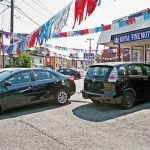 Festive Streamers, Royal Fine Motors, 1080 Weston Road, Mount Dennis, 2020
Festive Streamers, Royal Fine Motors, 1080 Weston Road, Mount Dennis, 2020
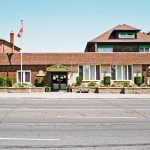 Scott Funeral Home, 1273 Weston Road, 2020
Scott Funeral Home, 1273 Weston Road, 2020
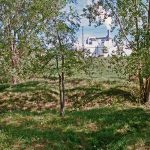 Excavated Brownfield, 1400 Weston Road, Looking Toward Irving Tissue, 2020
Excavated Brownfield, 1400 Weston Road, Looking Toward Irving Tissue, 2020
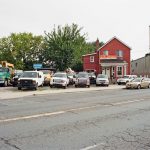 G. W. Motors, 1359 Weston Road, 2020
G. W. Motors, 1359 Weston Road, 2020
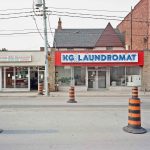 Storefronts, 1872-1874 Weston Road, 2020
Storefronts, 1872-1874 Weston Road, 2020
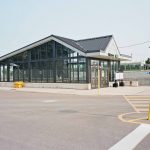 Entrance Pavilion, Weston GO Station, 2020
Entrance Pavilion, Weston GO Station, 2020
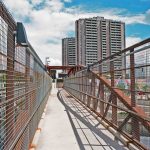 Weston GO Station Walkway, Lawrence Avenue West, Looking South, 2020
Weston GO Station Walkway, Lawrence Avenue West, Looking South, 2020
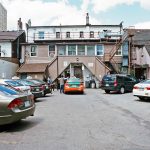 Rear Facades, 1876-1882 Weston Road, 2020
Rear Facades, 1876-1882 Weston Road, 2020
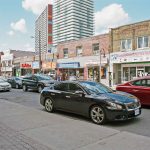 Weston Road, Streetscape, East Side North of Lawrence, 2020
Weston Road, Streetscape, East Side North of Lawrence, 2020
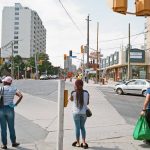 Weston Road, Looking North from South East Corner of Lawrence Avenue West, 2020
Weston Road, Looking North from South East Corner of Lawrence Avenue West, 2020
 Historic House, 2154 Weston Road, 2020
Historic House, 2154 Weston Road, 2020
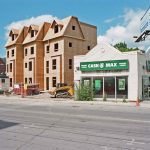 Townhouse Construction Site, 2177 Weston Road, 2020
Townhouse Construction Site, 2177 Weston Road, 2020
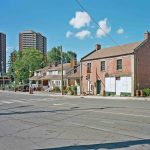 East Side of Weston Road at St. Phillips Road, 2020
East Side of Weston Road at St. Phillips Road, 2020
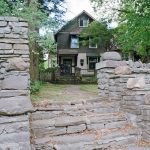 Entranceway, 2400 Weston Road, 2020
Entranceway, 2400 Weston Road, 2020
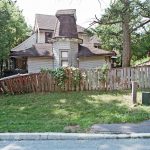 Abandoned House, 2402 Weston Road, View from Humberview Crescent, 2020
Abandoned House, 2402 Weston Road, View from Humberview Crescent, 2020


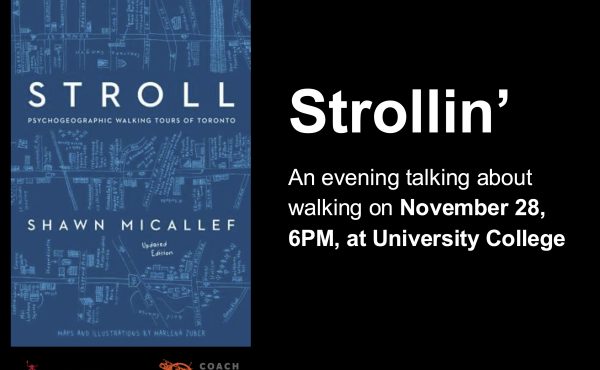

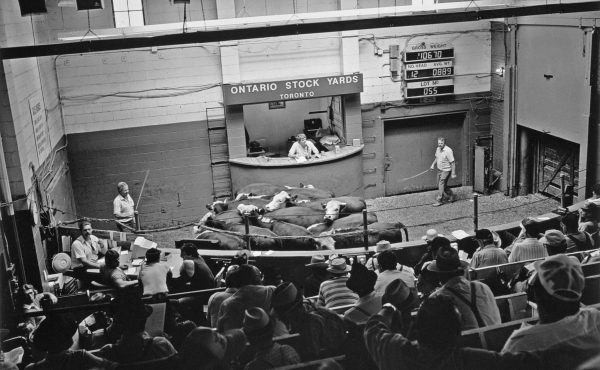
5 comments
Great photography! I am familiar with much of the area. BTW the two photos TTC loop at Weston and Rogers Rds. is Avon Loop.
Oak St Loop long gone. It was just north of railway overpass beyond St. Phillips Rd. Your photo east side of Weston Rd is just south of said tracks. That ancient building was the Weston Plank Road HQ/toll house. It was plank (wood) construction and private, thus a toll!
Gunns Road and Weston Road. Could become a four-way intersection connecting with an extended Keele Street under the railway and through the former lumber yard.
One of the features that I like on Weston is the public art installation at the corner of Weston & Dennis by Christian Giroux and Daniel Young. They recently unveiled a piece at St. Clair & Bathurst (Three Points Where Two Lines Meet). But to me Nyctophilia, their collection of street lamps talking to each other, is the standout. See: https://urbantoronto.ca/news/2014/07/new-public-art-nyctophilia-adorns-mount-dennis-neighbourhood
Weston Village is a beautiful neighbourhood that consists of a mixture of housing stock…from historical designated properties on Rosemeount ave and queens drive …to small bungalows and a miliue of infil newer homes and semi-detatched homes . a lot of the lots are over 40 ft and some in fact are as wide as 80 to 100 ft in frontage . It offers a price point top a variety of people who discover this neighbourhood for its still quaint “small town ” feel. The trees , the homes and the streetscapes is hme to a lot of movie making …..
I have been an active real estate broker selling in this neighbourhood for almost 40 years .
The modern mirrored building with the serpentine glass front perfectly symbolized its corporate name, and their product. It was designed as the headquarters for Phantom Industries, a manufacturer of ladies hosiery, and it Before Phantom, it was the site of one of the factories of the massive and historic Acme Screw and Gear works, most of which was demolished.